|
I’ve been busy getting the online shop ready and haven’t had much time for writing recently (or doing sashiko!), but here’s a review of a book I wanted to tell you about. Also, if you haven’t already ordered, don’t forget to take a look at the three-kit subscription set I’m taking orders for at the moment in my shop.. Anyway, the latest addition to my collection of sashiko books is this neat little volume published by Nihon Bungeisha in October. Sashiko no Teshigoto (Sashiko Handiwork - Amazon Japan affiliate link) is a collection of beautifully photographed fukin and other small handiwork items — such as a tissue box cover, purse, bag and coasters — with instructions on how to make them. As so often happens, when I bought this book and flicked through I immediately wanted to make everything, which of course I don’t have time for. But even if that’s not possible, I still get a lot of enjoyment from simply looking at photographs of beautiful sashiko stitching, and in that respect this book is very satisfying. It could easily be a coffee table book as the photography is lovely. The sashiko handiwork is displayed on mostly dark wood or light backgrounds, in tasteful minimalist settings with only an iron teapot or cane basket as an accent, and the overall effect is traditional yet modern, an accurate reflection of the sashiko items themselves: conventional but with an elegant, contemporary touch. For example, the white hanafukin with a cross flower stitch in charcoal grey, and one red flower in the corner. Or the chic tissue box cover with nagare hishizashi stitched in white on pale grey cotton. One reason I like this book is that it retains an emphasis on the traditional blue and white combination, while offering an updated version with subtle variations on that theme. As with many sashiko books it follows a standard format of introducing a number of sample pieces (in this case twenty), then providing samplers of the stitches, basic instructions on how to do sashiko (with explanations about cloth, thread, equipment, drafting, stitching and making two easy pieces), and instructions for making up each individual item. The stitches are introduced in four categories; straight line patterns such as tobi asanoha (scattered hemp leaf), curved line patterns such as fundo tsunagi (linked weights), hitomezashi such as kaki no hana (persimmon flower), and Shonai sashiko such as ganzezashi (sea urchin stitch). The last, ganzezashi, is one of my most favourite stitches. It could have something to do with the fact that sea urchin is my favourite sushi topping… but I also love the convergence of concentric lines that scream out to me sashiko! Stitched in white on blue cloth, this hanafukin is totally mesmerizing. Next to making it myself, a photograph is the next best thing.
0 Comments
Leave a Reply. |
Watts SashikoI love sashiko. I love its simplicity and complexity, I love looking at it, doing it, reading about it, and talking about it. Archives
September 2022
Categories
All
Sign up for the newsletter:
|

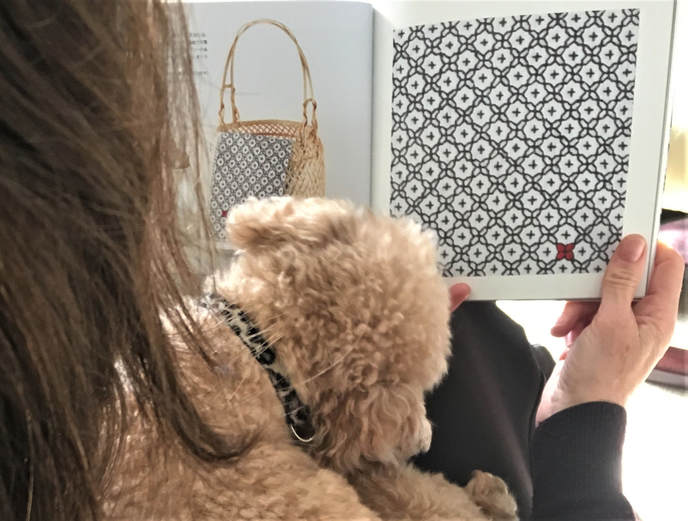
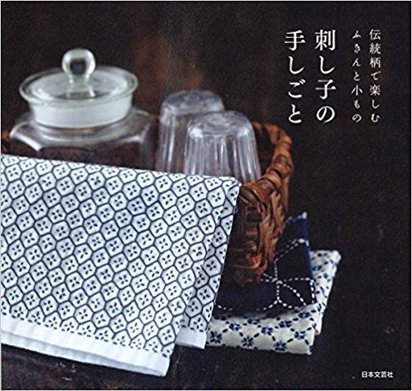
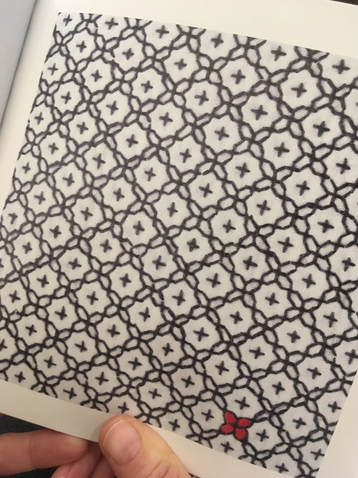
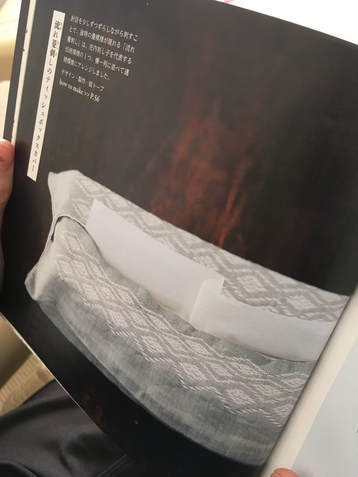
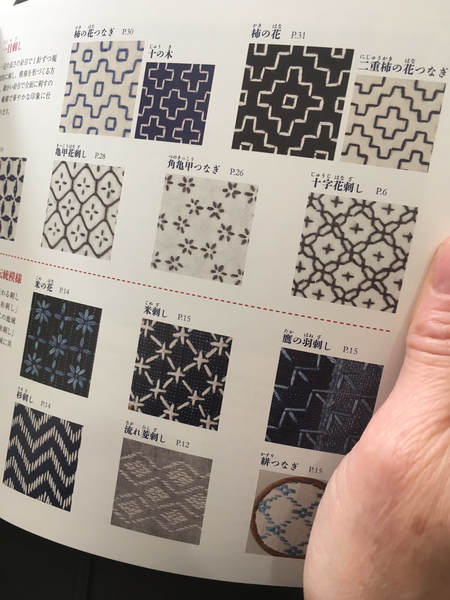
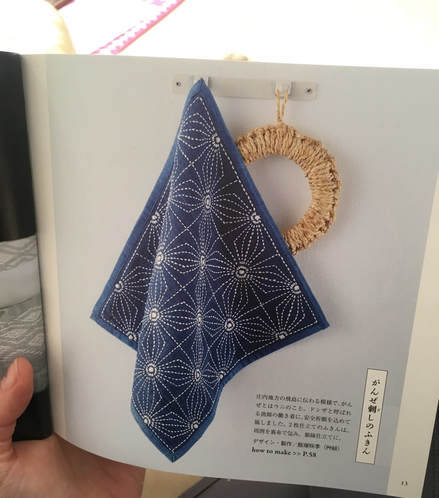
 RSS Feed
RSS Feed



